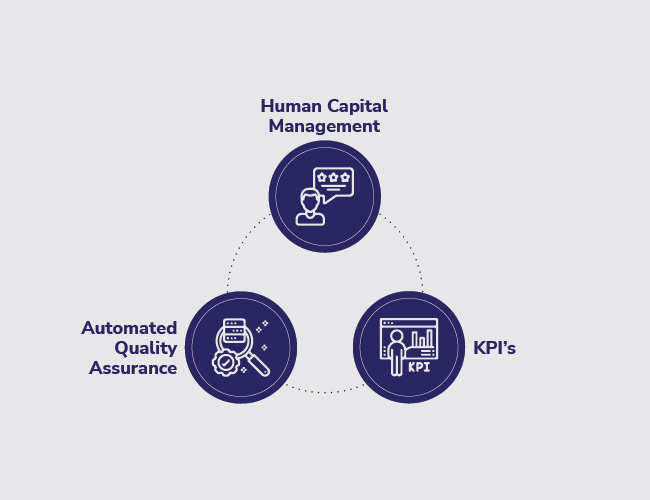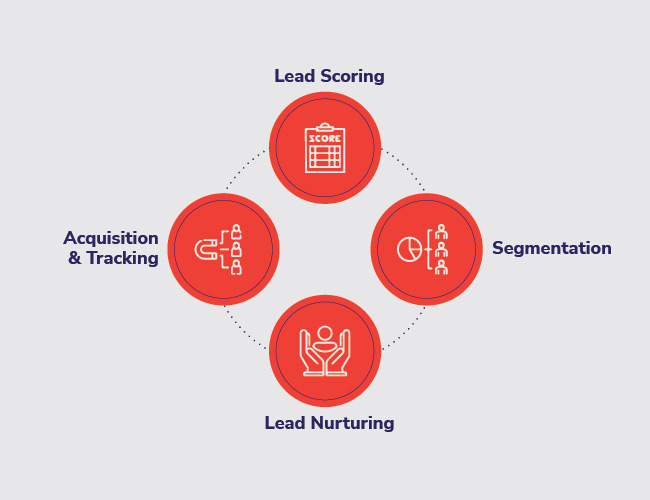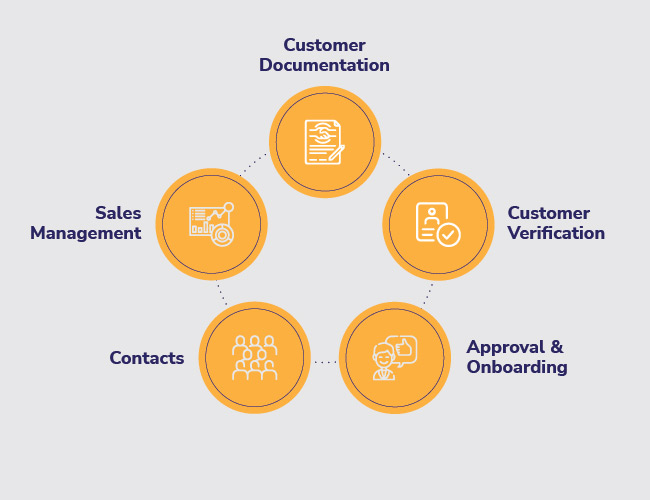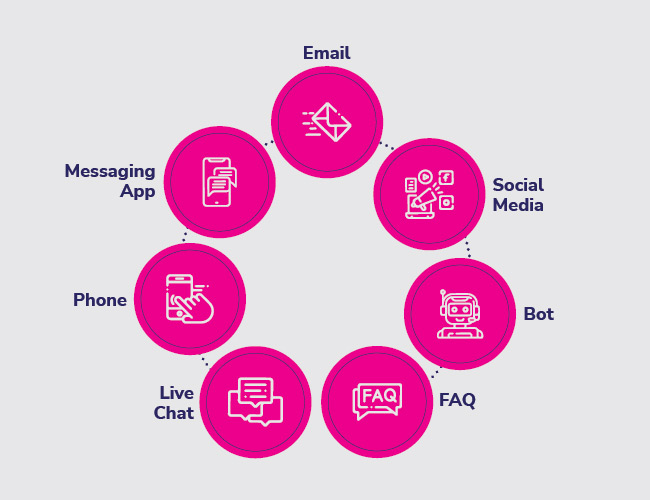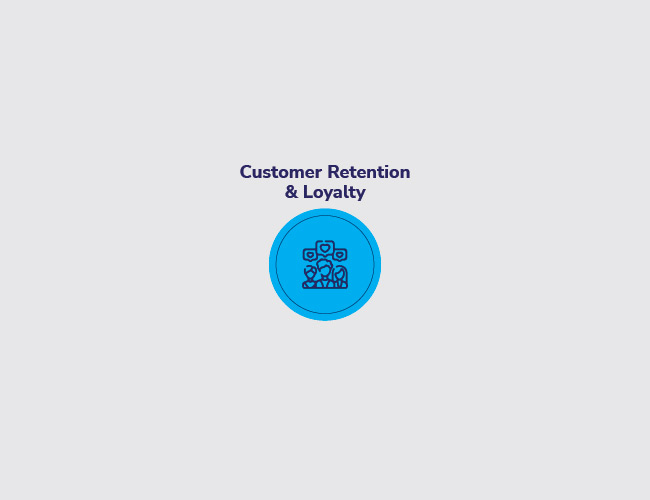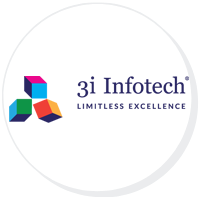
The Shared Responsibility of Cloud Security
Cloud security has become an important aspect for businesses looking to adopt cloud technology for their operations. As the use of cloud computing continues to grow, it’s crucial for organizations to understand the shared responsibility model of cloud security. This model defines the role of the cloud service provider (CSP) and the customer in ensuring the security of cloud-based systems and data.
The shared responsibility model of cloud security is built on the idea that both the CSP and the customer are responsible for securing different aspects of the cloud environment. The CSP is responsible for securing the infrastructure that powers the cloud, including the hardware, operating system, and network components. On the other hand, the customer is responsible for securing the applications, data, and access to the cloud environment.
The CSP is responsible for protecting the physical security of their data centers, implementing security protocols to secure network traffic, and ensuring that their hardware and software are secure and up-to-date. This includes measures such as fire suppression systems, surveillance cameras, and access control systems to prevent unauthorized access to their data centers.
Customers, on the other hand, are responsible for securing their applications and data. This includes implementing encryption for sensitive data, implementing access controls to limit who has access to data, and ensuring that applications are free of vulnerabilities. Customers are also responsible for ensuring that their employees are properly trained on security best practices and are following them.
One of the key benefits of the shared responsibility model is that it provides a clear division of labor between the CSP and the customer, making it easier for organizations to understand their role in ensuring cloud security. This makes it easier for organizations to focus on securing the areas that are most important to them and helps reduce confusion about who is responsible for what.
However, the shared responsibility model also requires organizations to be proactive in their approach to security. This means that organizations must take steps to secure their applications and data, such as implementing encryption and access controls, and training employees on security best practices.
Additionally, organizations must also be vigilant in monitoring their cloud environment for potential security threats. This requires regular security assessments, vulnerability scans, and penetration testing to identify and address potential threats.
In conclusion, the shared responsibility model of cloud security is an important aspect of cloud computing that organizations must understand. This model defines the role of the CSP and the customer in securing the cloud environment, and it helps organizations focus on securing the areas that are most important to them. However, organizations must also be proactive in their approach to security and take steps to secure their applications and data, as well as monitor their cloud environment for potential threats. By taking these steps, organizations can help ensure that their cloud-based systems and data are secure and protected.




 Dr. Madan Bhalchandra Gosavi (B.A. (Hons.), LLM, M.Phil, PhD)
Dr. Madan Bhalchandra Gosavi (B.A. (Hons.), LLM, M.Phil, PhD) Mr. Umesh Mehta
Mr. Umesh Mehta Mr. Raj Kumar Ahuja
Mr. Raj Kumar Ahuja
 Harish Shenoy
Harish Shenoy CA Uttam Prakash Agarwal
CA Uttam Prakash Agarwal Uttam Jhunjhunwala
Uttam Jhunjhunwala
 Ranjit Balakrishnan
Ranjit Balakrishnan Emmanuel N
Emmanuel N Ramu Bodathulla
Ramu Bodathulla
 Rangapriya Goutham
Rangapriya Goutham Kiran Chittar
Kiran Chittar Sushant Purushan
Sushant Purushan
 Nilesh Gupta
Nilesh Gupta Mohan TS
Mohan TS Sanjay Rawa
Sanjay Rawa Dr. Aruna Sharma
Dr. Aruna Sharma Mr.Avtar Singh Monga
Mr.Avtar Singh Monga Mr. Thompson P. Gnanam
Mr. Thompson P. Gnanam Ms. Zohra Chatterji
Ms. Zohra Chatterji Dr. Kalyan Krishnamoorthy
Dr. Kalyan Krishnamoorthy





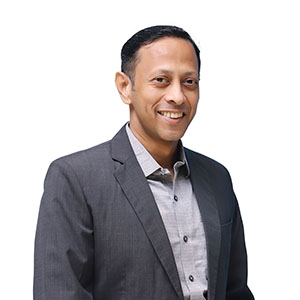

 Mr. Pravir Vohra
Mr. Pravir Vohra Viraf Sirvala
Viraf Sirvala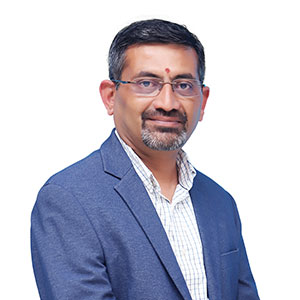

 Amrita Gangotra
Amrita Gangotra